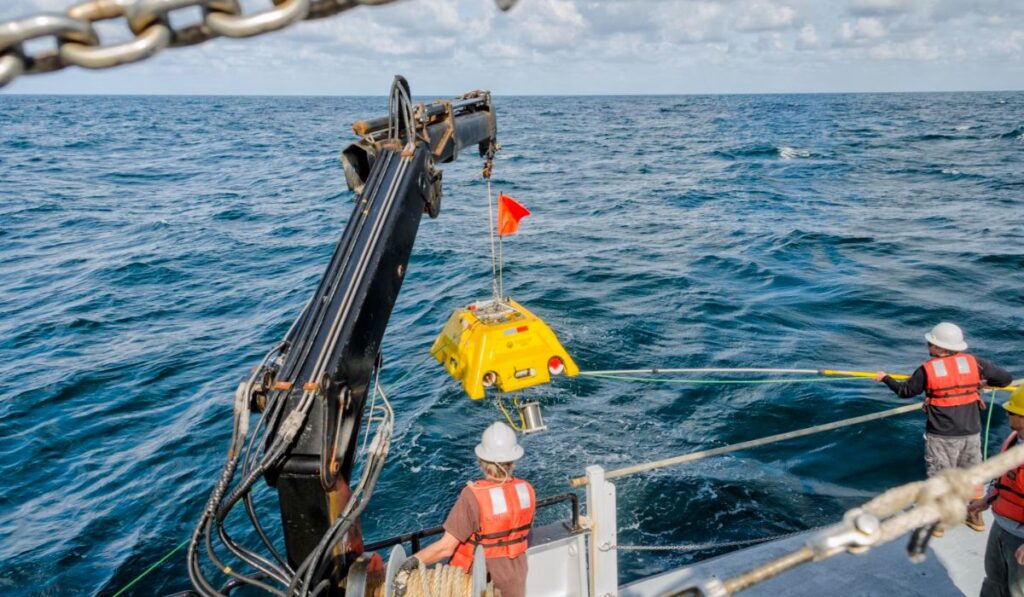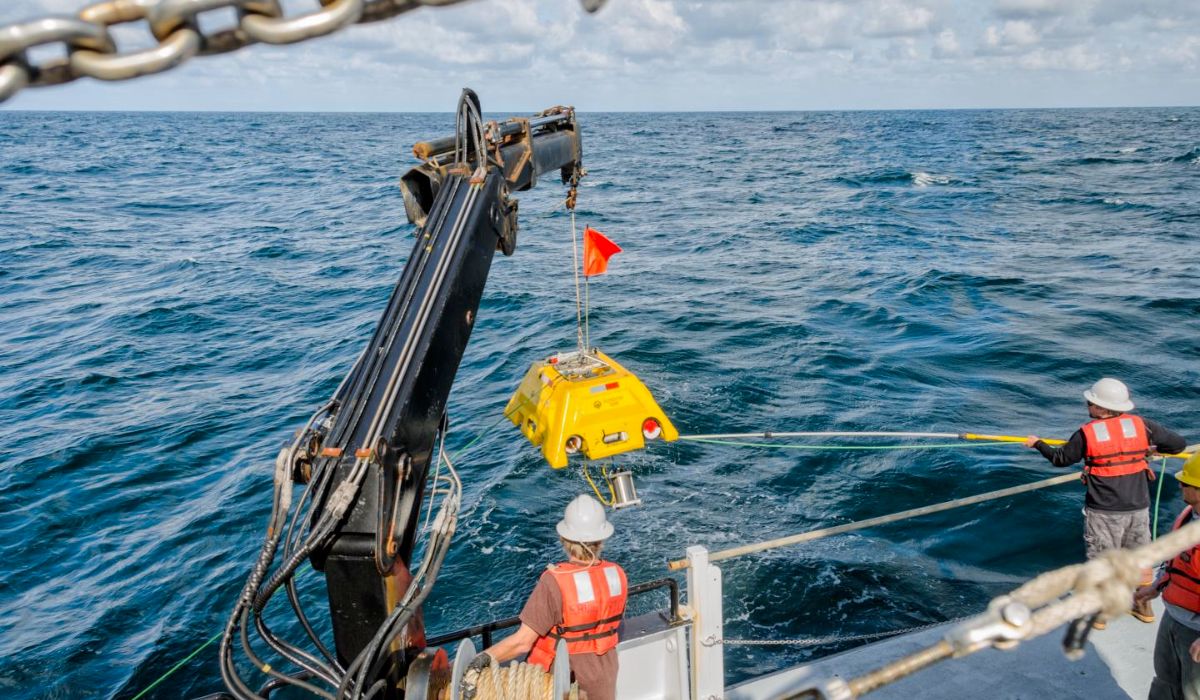Seismic Surprises: British Columbia’s Unseen Undersea World
Understanding the Queen Charlotte-Fairweather Fault
In a groundbreaking exploration of the Pacific Ocean’s depths off the coasts of Alaska and British Columbia, scientists from the U.S. and Canada have turned their focus to the Queen Charlotte-Fairweather Fault. This 700-mile-long fault, often likened to California’s San Andreas Fault, has been the source of numerous major earthquakes over the past century, posing significant risks to coastal communities.
The recent expedition aboard the Canadian Coast Guard Ship “John P. Tully” spanned over 1,000 kilometers, from British Columbia’s southern Haida Gwaii islands to Alaska’s Cross Sound. Researchers employed a variety of techniques, including seismic-reflection surveys and piston cores, to unravel the mysteries of this underwater fault line. Their findings are not just limited to earthquake history; they’ve also uncovered astonishing features like methane seeps, large submarine landslides, and volcanic structures.

The Swarm of Earthquakes Off Northern Vancouver Island
Adding to the region’s seismic intrigue, a series of moderate earthquakes recently shook the Pacific Ocean floor off Vancouver Island. This “swarm” of tremors, numbering over thirty, has captured the attention of Canadian seismologists. The most significant of these quakes, with magnitudes ranging from 4.1 to 5.6, occurred within a span of five hours. Although no tsunami warnings were issued, the 5.6 magnitude quake was felt by several individuals. This event underscores the active seismic nature of the region and the importance of continuous monitoring and research.
The Rogue Seismometer and the Ocean’s Secrets
In an unusual twist, a bright yellow, 240-kilogram seismometer, originally deployed to monitor these very seismic activities, has gone rogue. The device detached and began floating, creating an unexpected turn of events for the scientific team monitoring it. This incident highlights the challenges and unpredictabilities faced in studying seismic activities in ocean environments.
A New Era in Seismic Research
The data gathered from these seismic activities and the research into the Queen Charlotte-Fairweather Fault are invaluable. They provide key insights into the seismic risks faced by the region, aiding in the development of infrastructure and emergency preparedness strategies. Moreover, the discovery of unique geological features during these investigations enriches our understanding of the dynamic ocean floor.
Continued Vigilance and Discovery
The ongoing seismic activities off the British Columbia coast are a testament to the ever-changing and unpredictable nature of the Earth’s geology. As scientists continue to monitor and study these phenomena, we gain a clearer understanding of the forces shaping our planet, and the necessary steps to safeguard our communities against these natural threats.







